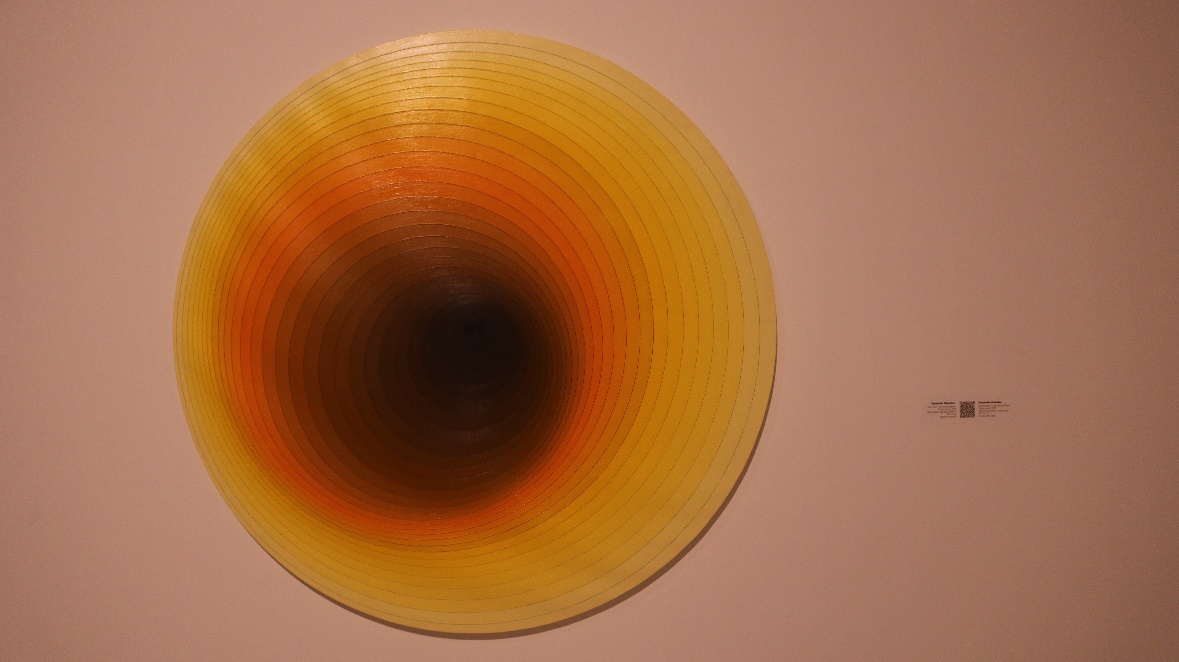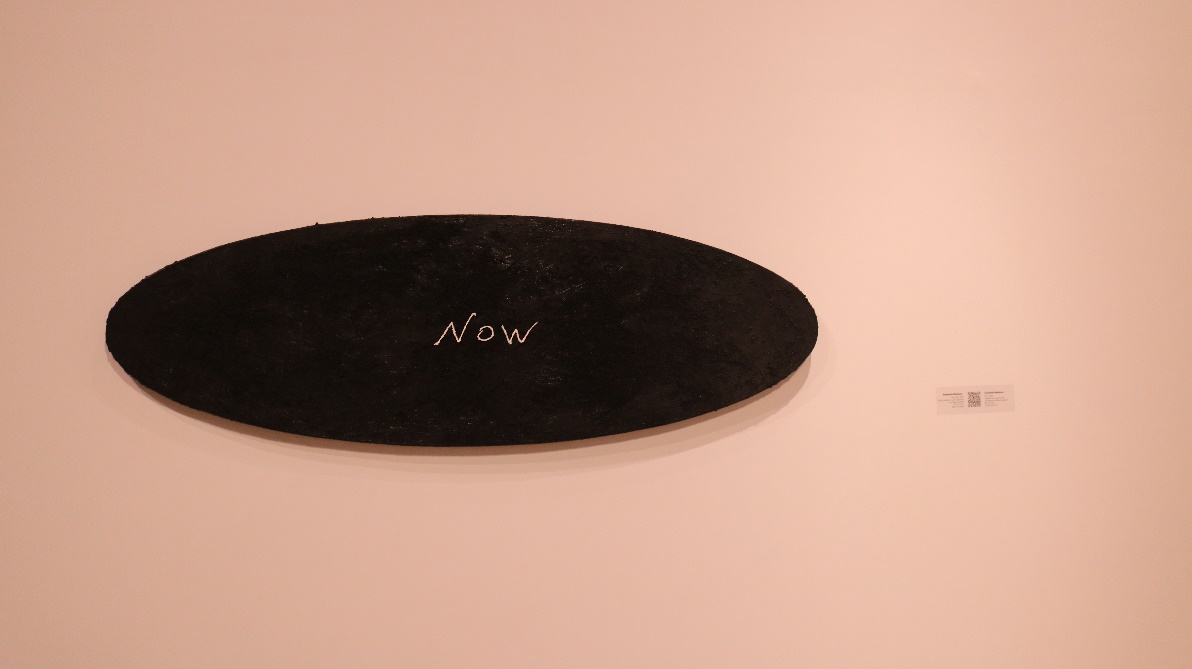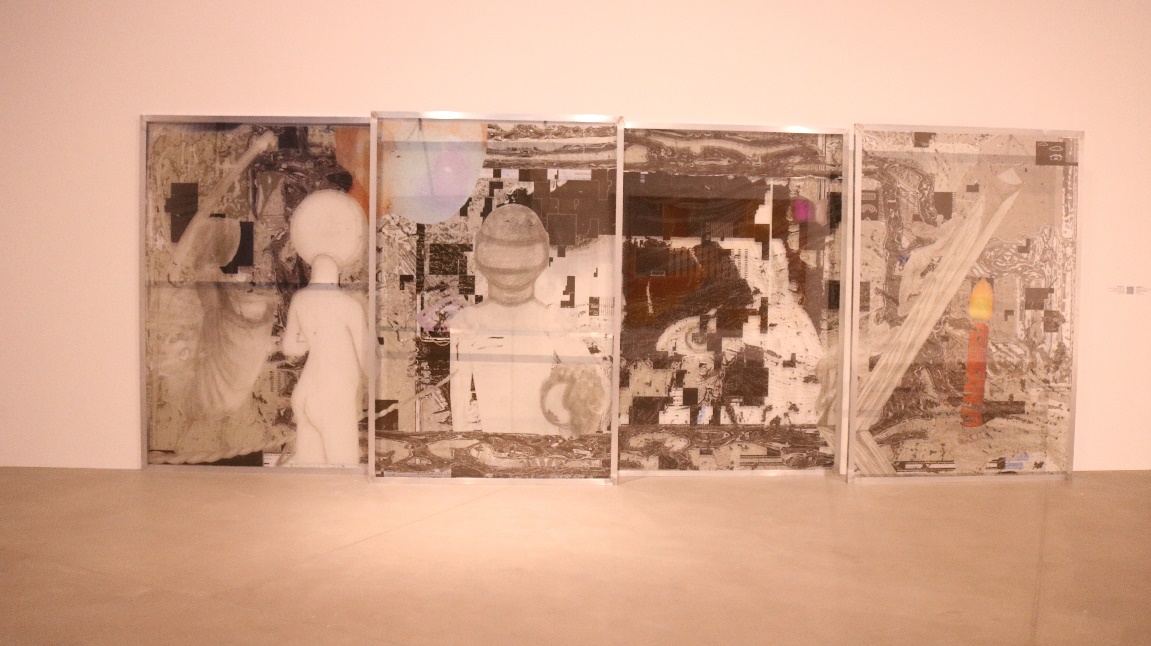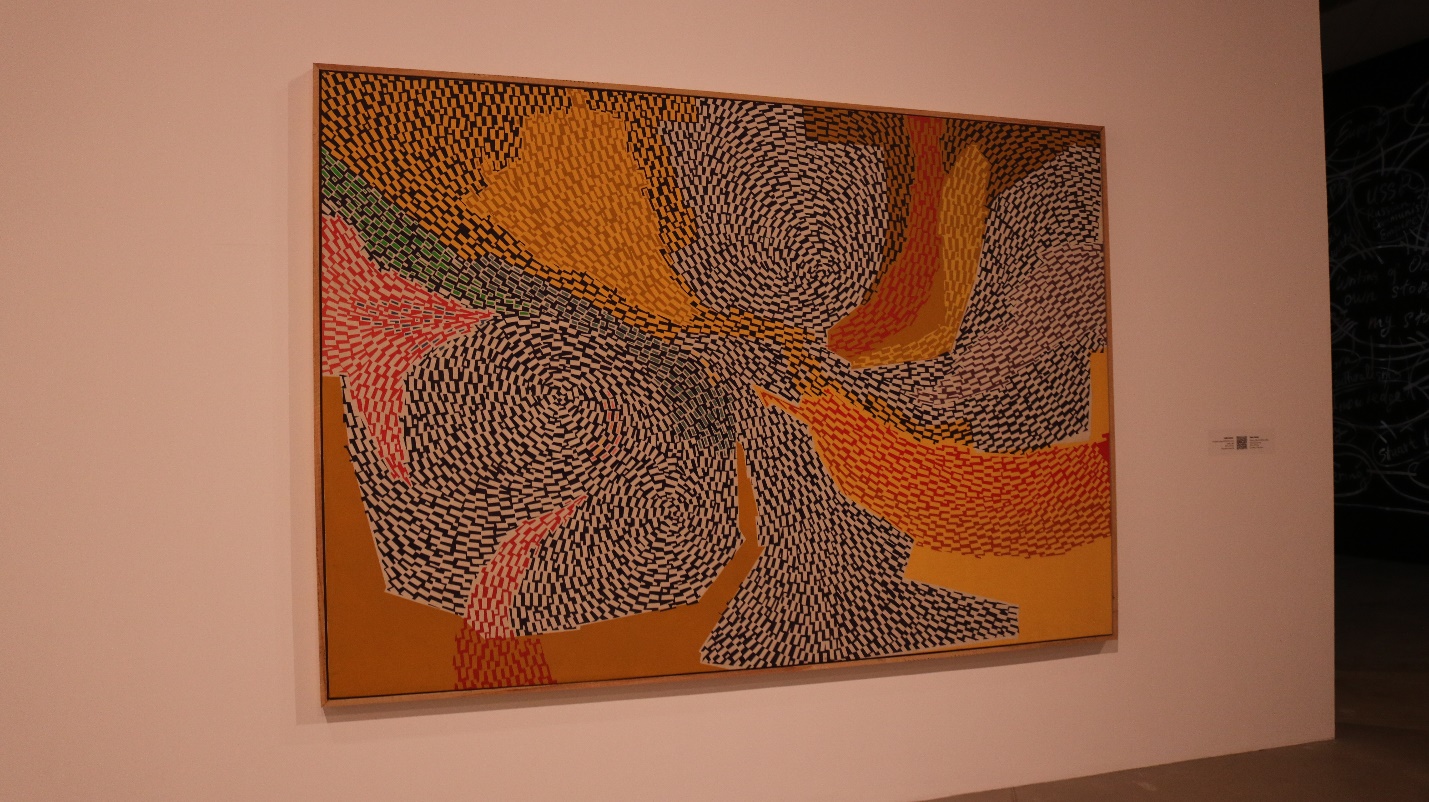
Currently on display at the Yarat Art Center in Azerbaijan is the captivating exhibition titled “Equinox,” a collaborative endeavor by seven Georgian artists curated by Tamuna Arshba and Tata Ksovreli. Delving into the intricate interplay between individual and collective experiences over time, the exhibition unfolds against a backdrop of light and darkness, offering viewers a thought-provoking journey through philosophical concepts and visual metaphors.
 Art critic Ulker Aliyeva offers insights into the thematic framework of the exhibition, which is divided into three distinct parts: memory, continuum, and individuality. Each section is imbued with symbolic significance, inviting viewers to contemplate the complexities of existence and the passage of time.
Art critic Ulker Aliyeva offers insights into the thematic framework of the exhibition, which is divided into three distinct parts: memory, continuum, and individuality. Each section is imbued with symbolic significance, inviting viewers to contemplate the complexities of existence and the passage of time.
The memory section, as elucidated by Aliyeva, immerses viewers in a dialogue between past and present, with works such as Gia Edzgveradze's “the great propeller” and Andro Semeyko's “we write our own history” serving as poignant reflections on collective memory and historical narratives. Edzgveradze's depiction of two fighters locked in eternal struggle, which upon closer inspection reveals the silhouette of a butterfly, serves as a metaphor for transformation and renewal, drawing inspiration from philosophical musings on metamorphosis.
 In the continuum section, Konstantin Mindadze's “İn the very heart of yellow” (Solaris Aurum) and TAMARA K.E.'s “the Great Twilight boom III” invite viewers to contemplate the shifting shades of existence, from darkness to light, from past to present. Mindadze's exploration of the spectrum of yellow symbolizes the journey from obscurity to enlightenment, while TAMARA K.E.'s multimedia installation captures the zeitgeist of modernity, reflecting the collective experiences of contemporary society.
In the continuum section, Konstantin Mindadze's “İn the very heart of yellow” (Solaris Aurum) and TAMARA K.E.'s “the Great Twilight boom III” invite viewers to contemplate the shifting shades of existence, from darkness to light, from past to present. Mindadze's exploration of the spectrum of yellow symbolizes the journey from obscurity to enlightenment, while TAMARA K.E.'s multimedia installation captures the zeitgeist of modernity, reflecting the collective experiences of contemporary society.
Aliyeva astutely observes the interconnectedness of the exhibition's works, noting how Luke Lazar's “moving shots” seamlessly continue the thematic thread established at the entrance with the butterfly motif. This interplay between works invites viewers to engage with the exhibition as a cohesive whole, unraveling its rich tapestry of ideas and concepts.
 While acknowledging the intellectual depth of the exhibition, Aliyeva cautions that some works may appear deceptively simple upon initial viewing. However, she emphasizes the importance of approaching the exhibition with a keen eye for detail and an appreciation for the curator's overarching vision, which guides viewers through a labyrinth of philosophical inquiry and visual exploration.
While acknowledging the intellectual depth of the exhibition, Aliyeva cautions that some works may appear deceptively simple upon initial viewing. However, she emphasizes the importance of approaching the exhibition with a keen eye for detail and an appreciation for the curator's overarching vision, which guides viewers through a labyrinth of philosophical inquiry and visual exploration.
In the context of contemporary Azerbaijani art, exhibitions like “Equinox” represent significant milestones in fostering dialogue between artists and curators, blurring the lines between creator and interpreter. Through collaborative efforts such as this, the boundaries of artistic expression are pushed, offering viewers a glimpse into the ever-evolving picture of visual culture.
“Equinox” stands as a testament to the power of artistic collaboration and conceptual exploration,  inviting viewers on a transcendent journey through the realms of memory, continuum, and individuality. As visitors traverse the exhibition's labyrinthine corridors, they are encouraged to ponder the dualities of existence and the eternal dance between light and darkness that defines the human experience.
inviting viewers on a transcendent journey through the realms of memory, continuum, and individuality. As visitors traverse the exhibition's labyrinthine corridors, they are encouraged to ponder the dualities of existence and the eternal dance between light and darkness that defines the human experience.













Leave a review